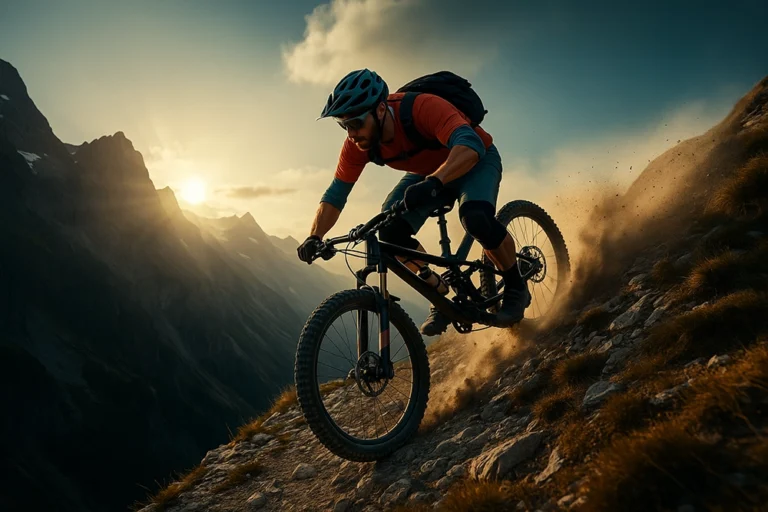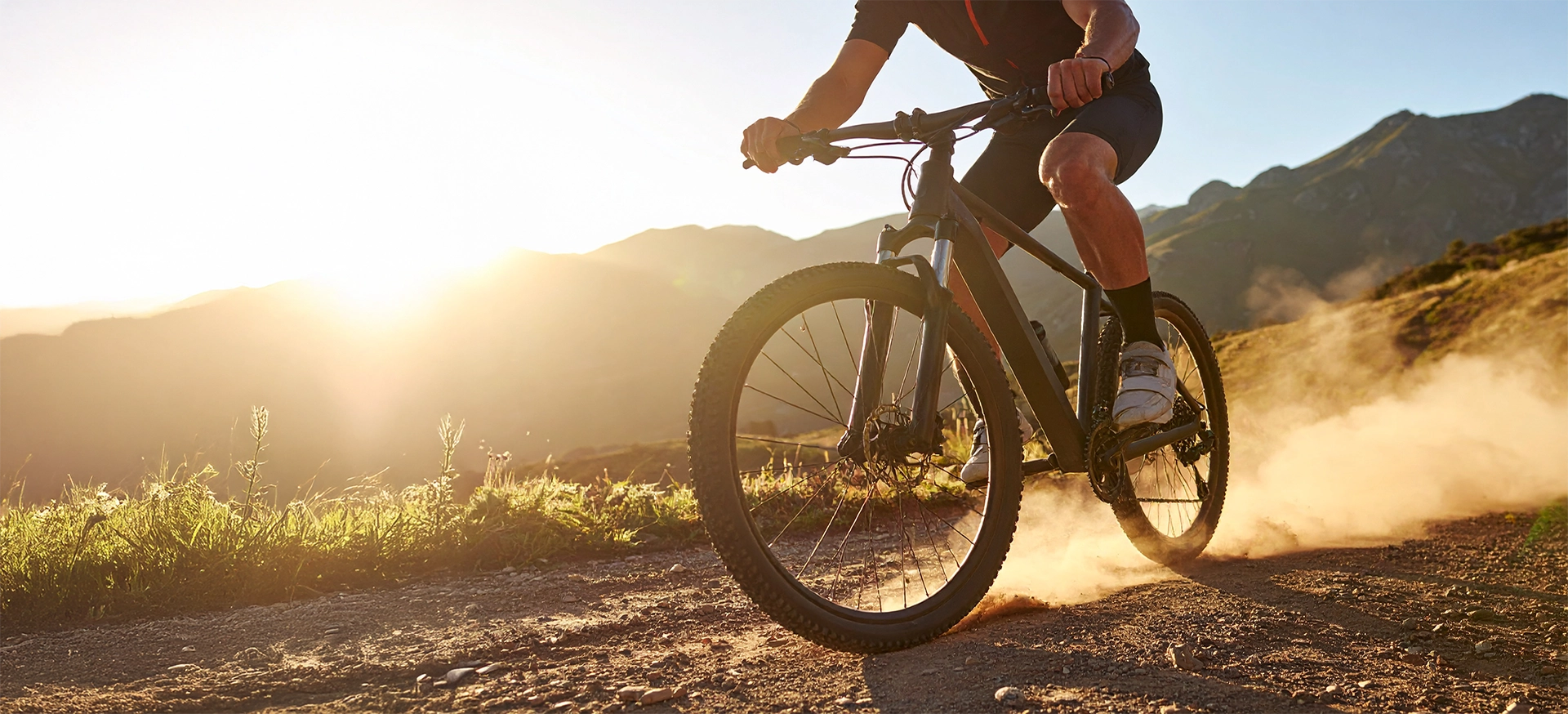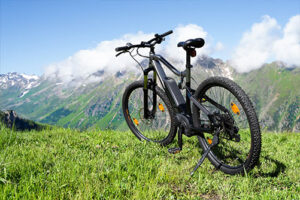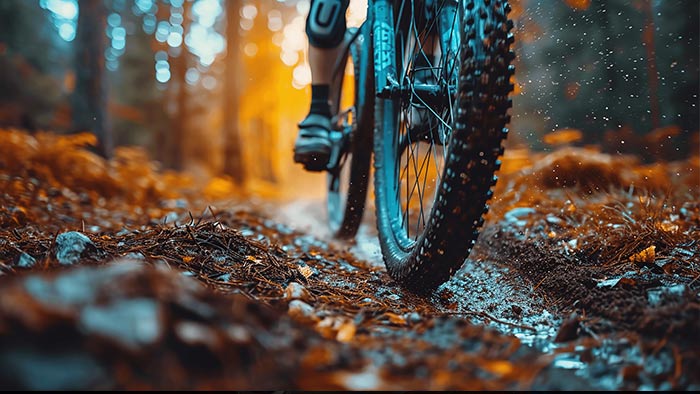The washboard section of gravel had my teeth chattering and hands numbing despite my death grip on the handlebars. That's when my riding buddy glided past me, looking annoyingly comfortable on his suspension-equipped e-gravel bike. The difference was so dramatic that I pulled over just to massage feeling back into my palms.
That moment changed everything I thought I knew about gravel bike setups, especially for electric models. The question isn't whether you need suspension on your e-gravel bike—it's finding the right amount for your riding style without sacrificing the efficiency that makes gravel riding so appealing.
The Suspension Spectrum for E-Gravel Bikes
E-gravel bikes have created new possibilities for suspension integration, with options ranging from subtle to mountain-bike-inspired. Let's break down your choices:
Rigid with Compliant Features
The traditional approach relies on:
- Fat tires: Running 45-50mm tires at lower pressure (30-40 PSI) provides natural cushioning
- Flex zones: Many carbon frames include engineered flex points in seat stays and fork legs
- Compliant seatposts: Standard seatposts with carbon or titanium construction to absorb vibration
My first e-gravel bike used this approach. The rigid setup maintained efficiency but left me fatigued after rough sections. The added weight and speed of the e-assist actually amplified the need for better vibration control compared to a traditional gravel bike.
Micro-Suspension Systems
This middle-ground approach includes:
- Suspension stems: Options like Redshift's ShockStop provide 10-20mm of movement at the handlebars
- Flex handlebars: Specialized's FutureShock and similar systems add 20mm of front-end compliance
- Suspension seatposts: Short-travel posts like the Cane Creek eeSilk add 20-30mm of vertical compliance
During a 65-mile gravel event last year, my ShockStop stem and suspension seatpost combo saved my body from the usual punishment. The beauty of these systems is their minimal weight penalty (200-400g total) and zero maintenance requirements, making them ideal for those who prioritize simplicity.
Actual Suspension Components
Full suspension integration includes:
- Suspension forks: Lightweight options offering 30-50mm of travel (compared to 100-170mm on mountain bikes)
- Frame suspension: Rear suspension systems like Specialized's Future Shock Rear or Niner's MCR system
- Full suspension setups: Complete front and rear suspension with gravel-specific tuning
I recently tested a Cannondale Topstone Carbon Lefty with its distinctive single-sided fork providing 30mm of travel. The difference was remarkable—I maintained traction through sandy corners where my rigid-fork friends struggled, and my hands remained fresh after three hours of mixed terrain.
The Electric Advantage for Suspension
Here's what makes suspension particularly valuable on e-gravel bikes:
1. Higher average speeds: Electric assistance means higher sustained speeds, which amplifies every bump and vibration. What's tolerable at 12mph becomes punishing at 18mph.
2. Motor weight distribution: E-bikes are heavier, changing how they respond to rough terrain. Good suspension helps keep tires planted for better control and traction.
3. Battery preservation: Maintaining momentum through rough sections conserves battery—when your wheels bounce, that's wasted energy your motor needs to replace.
4. Extended ride comfort: E-bikes enable longer rides, making comfort more critical over those additional miles.
My neighbour's transition from a rigid to a suspension-equipped e-gravel bike increased his average ride length by almost 40%—not because of fitness but simply because he wasn't rushing home to escape discomfort.







